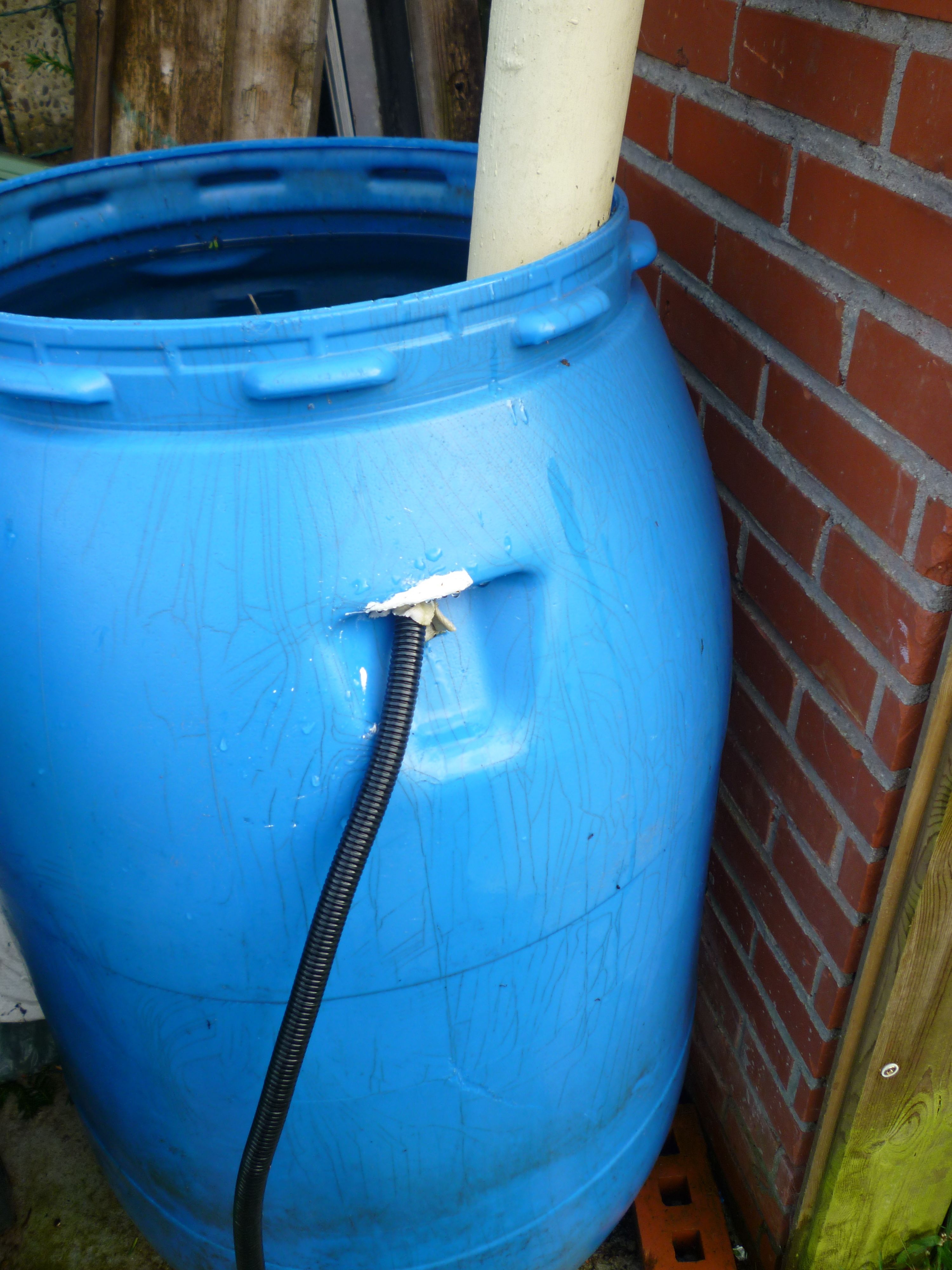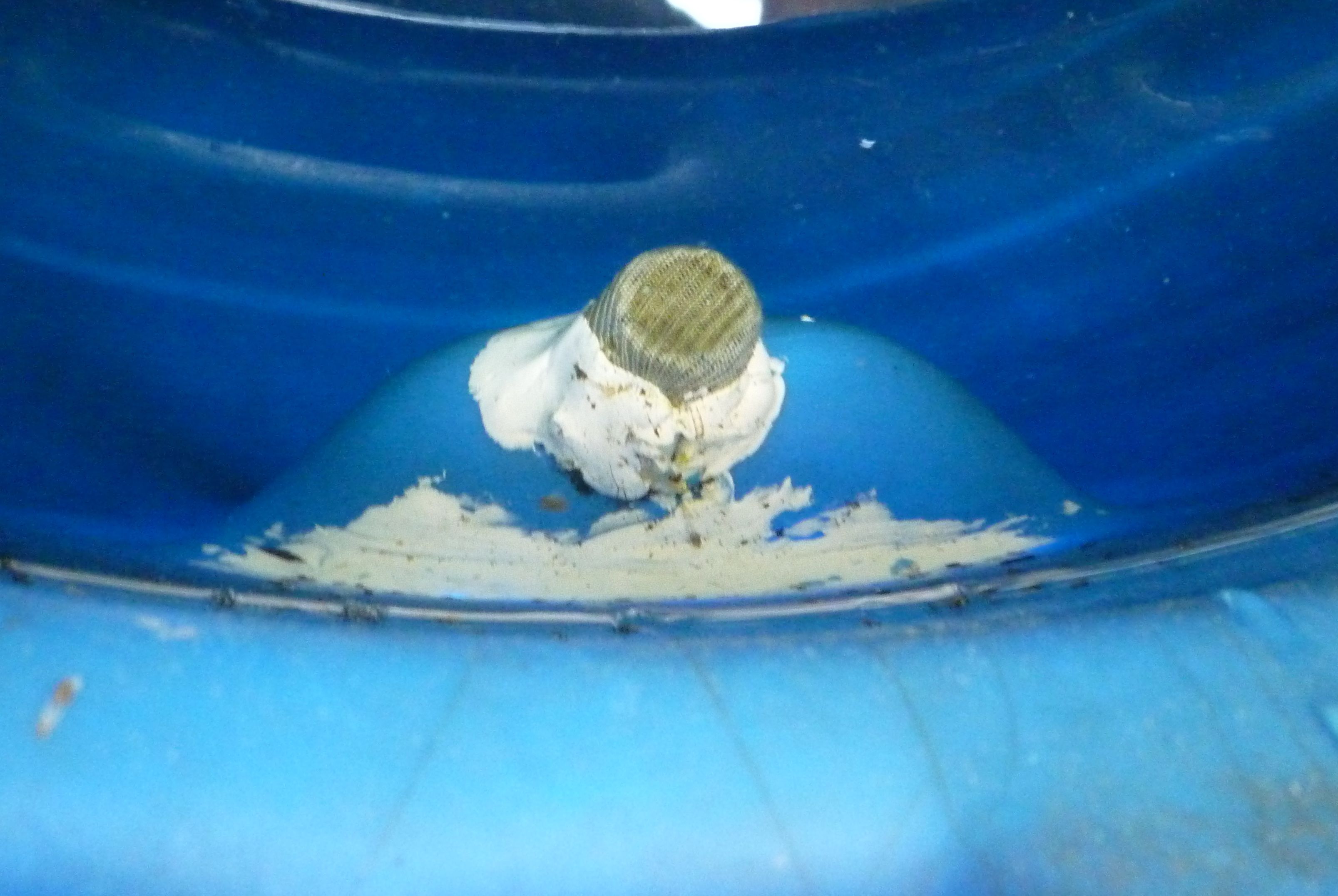Shit happens, but then what? 2 fun ways to reduce your water footprint
Water. On this rainy autumn day it feels slightly odd to write about the glorious pleasures of using less water, but let's start with the pragmatic reasoning of this...by checking your water bill. Not only to remind ourselves that the water we use is not an everlasting gift falling from the sky but a resource with a pretty complex chain from collection to dump. Thus I discovered that I pay a fixed amount for the days I am connected to the system, an amount to deliver the water, a sum for the cleaning of water and another sum to get rid of the dirty water. I'm not paying for the water as such - as we seem to have enough here in belgium - but for the chain that gets it to and from my tap. And that appears to be 200 euro for my family. What a bargain! If you think of the infrastructure to get all that stuff running around, the purification stations, the energy needed to fuel them, the guys fixing leaks, I mean; this list could be endless. I also travelled long enough in places like Nepal where hotelkeepers in Kathmandu are forced to first plead or bribe water companies to get their water tankers to their hotel first and then pray that there is no transport strike, fuel shortage or homeless people tapping of the water from the truck as the drivers takes some rest. No, we just open our taps every day, pay one bill at the end of the year and that's it. Few us can imagine how lucky we are to be able to just do that.
But despite being happy to pay 200 euro a year for something so precious, I asked myself: how much water does my 200 euro a year actually represent or in other words: how much efforts do I ask from the whole water system to get my daily magic? Turns out my family of three is using a whopping 62000 litre a year! Ashamed of this astonishing figure I looked on the internet for reassuring figures of the average family of 3 household in Flanders. Which turned out to be 137000. Few! So not having a car to wash or a bath to fill has already halved our water use compared to the average family of three in my region. But 62000 litre is still a lot of water so can't we cut that further, save money, cause less strain to the system and have some sort of fun along the way?
Yes we can! I simply looked at the three biggest consumers in our household: the toilet, shower and garden. Let's start with the dirty part: the toilet. Our 3 year old has actually grown out of the 30 litre baby bath but she occasionally still enjoys the pleasures of just sitting in it. We happen to have a big shower - inherited from the previous house owners - so the thing just always rests in the big shower, without disturbing us. When she is not using the bath but showering like us, we turn on the tap and place the shower head in the tub. The time it takes to undress and put clean cloths ready is about the time needed to have warm water so the cold water goes in the tub. It has a lid at the bottom and our shower floor is some 30 cm above the floor of the bathroom so we just have to turn the tub a bit to make the place with the lid come out of the shower, place a small bucket underneath the lid, open it for a few seconds to fill it and then move the bucket to the only toilet we have, a full 2 meters further.
.jpg)
That action is in fact so simple that now even our 3 year old is doing that pretty much by herself. For substantial matters we still flush the toilet and I'm not going to dig in the dirty details as to why but using the bucket we save at least a few flushes every day while the little one enjoys the pleasures of getting her sleeves up and show her strength and skills in getting a few litres in the toilet. Something educational that happens to save money and water.
On to the garden now. But before I should maybe start with a bit of my background.For construction purposes, I seem to be born with two left hands. Juggling with 4 balls is no problem but give me a screwdriver and I'm bound to cause a short circuit or create some havoc. Disasters include falling through the inherited asbestos plates roof of the garden house I dismantled when we bought our 100 year old house - because I did not know they were not only cancerous but also fragile. Anyway: just to make a point that being sort of clumsy is no excuse for not making a rainwater system in your garden. This rainwater collection trick is far from ideal but anyone can do it and it happened to have cost me a total amount of 0 euro. And in total maybe a day of work, although a normal person would do this in about an hour and if you do not have the materials at hand it might take an investment of up to 25 euro.
After getting rid of the inherited asbestos plates and two-thirds of my oversized garden house that blocked the splendid view on cows and forest, I still have a 1 meter wide and 5 meter long garden house upon which rainwater falls. Five square meter is all it takes. Being a total dummy in this, the first thing I did was putting a big blue ton that the previous owners left behind under the point where all that water left the roof and normally went down the drain. That was great until about the first real autumn storm hit - when the 200 litre thing started to overflow. Realising that this would remain a problem the rest of autumn and winter I had to find a way to drain the ton but keep most of the water for when I needed it. Refusing to buy material like a tap I checked what I had in my basement. Okay, so here we have a black tube normally used to protect electricity wires. Interesting. And here we have some sticky but waterproof slimy stuff that I once used between the wall and floor of the shower to avoid water seeping in the wall. There's some of it left over, great. Add an old sock as filter and something to bore in the ton some 10 centimetre under the top and bingo: it works! I now have a almost-non-overflowing ton filled with almost 200 litre, ready for use whenever the garden gets thirsty or the terrace needs to get cleaned. Fortunately, it rains frequently enough in Belgium so I have never seen the bottom of it throughout the summer.


Meanwhile, neighbours at the other side of the street have installed a huge underground water tank in their front garden. A giant truck came to deliver it the other day. The hole they first made could fit for two caravans. So does it take a 2000 to 2500 euro investment to reduce your water use by using rainwater? I don't think so. I'm happy that my neighbour can now probably also use it for flushing the more substantial matters but I'm not sure if the environment is better off with a 9000 litre water tank...when considering the environmental cost of producing, transporting, installing, maintaining and one day maybe dismantling a huge water tank. And how much energy does he use to pump up his 200 to 300 litre of water a day? I also wonder how many years it will take him to get a return on his investment. I estimate that our remaining toilet flushing represents about 40 euro a year so unless a cholera pandemic breaks out in Belgium I think that even after a lifetime of shitting the investment would still be bigger than the savings. That would be OK if I'm sure that the environment is better of and if it would be fun to make a 9000liter tank, install and maintain it but personally, I have better things to do on my lazy Sundays.
- Nick Meynen's blog
- Log in to post comments
Theme by Danetsoft and Danang Probo Sayekti inspired by Maksimer




